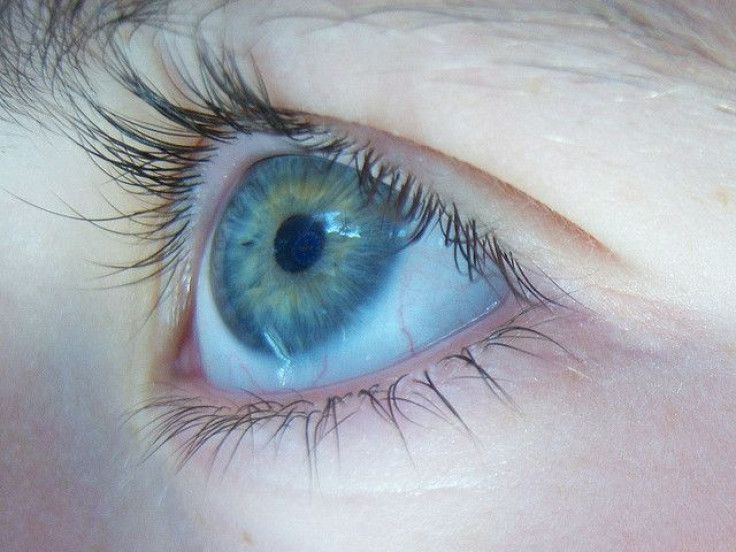The New Eye-Pad: Using Just Your Eyes to Write in Cursive

For some, paralysis can affect one's ability to communicate, but a French doctor may soon be able to assist those who have lost all movement to communicate.
Even with paralysis, one's eye movement doesn't cease. Knowing that, researchers have created a new technology that can train an individual's pupil to able to move in smooth cursive motion creating words onto a screen.
Dr. Jean Lorenceau of Université Pierre et Marie Curie-Paris and his team developed a flickering screen containing static discs at different contrast levels. When observing the discs directly they appear still but when moving your gaze around, the discs appear to move in the same direction.
According to Dr. Lorenceau this technological advancement may be able to assist those who have suffered from a stroke or motor neurone disease, which is a condition that affects motor neurons that control voluntary muscle activity for speaking among other activities.
Dr. Lorenceau stumbled upon this discovery by moving his own eyes in front of an unusual visual display in his lab and realized it created some abnormal effects.
Dr. Jean Lorenceau after a half-hour training sessions with volunteers, individuals were able to write words on a screen at a rate of 20 to 30 characters per minute—equivalent to the normal speed of handwriting. In the short-term training, Dr. Lorenceau observed patients not only gaining the ability to create letters, but also digits, words and drawings.
According to Dr. Lorenceau, the device will be able to improve eye movement control for those suffering from other conditions such as dyslexia, attention deficit hyperactivity disorder (ADHD) or even athletes and surgeons whose activities rely on eye movement.
Currently Dr. Lorenceau is working on enhancing the eye writer, and testing with patients who have neurodegenerative diseases should begin next year.
Other experts like Dr Clare Walton, Stroke Association’s Research Communications Officer believe this new technology may offer hope to those who are severely disabled due to a stroke.
The study was published in the journal Current Biology.



























